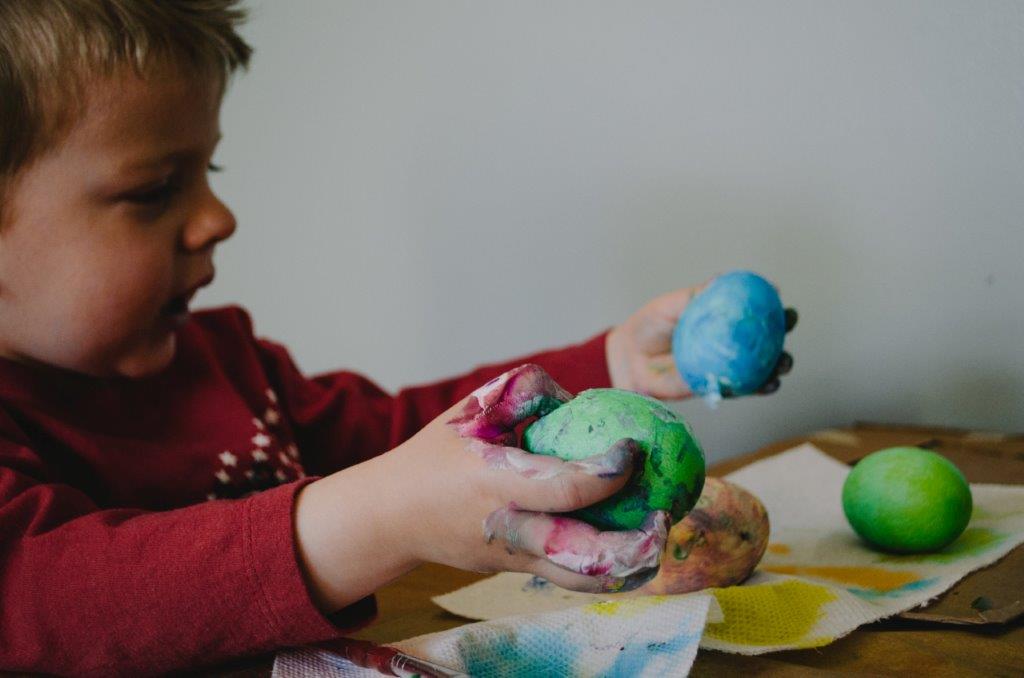Disclaimer: this is a sponsored post
Arts and crafts for kids are so much more than a way to pass the time. As stated in a study by J Punzalan et al., learning to create arts and crafts has a wealth of advantages for all children — it boosts creativity, helps them understand and express their feelings and ideas, aids in problem solving, and boosts concentration. Kids with additional needs can hone all these skills through the creation of artistic projects and they can also enjoy a big boost in their self-esteem, as they complete similar projects to those created by siblings and friends. Follow these tips and ensure that the fun factor is always the main priority!

Check Out Available Resources
Check out networks that specialize in the additional needs your child may have. Dedicated family networks and groups not only provide information on medical issues, appointments and other key issues, but also provide everyday living instructions and tips on fun activities for kids. Cerebral palsy family resources and other information focusing on specific conditions like ASD or ADHD will highlight any challenges children may have — be it with issues with focus or communication. They will also suggest activities that children can complete successfully while working on strengthening key areas.
Create a Productive Workspace
Children can be distracted if they are asked to work in a space that is untidy or filled with equipment and materials which are unrelated to the task at hand. Try to empty out the room so they have plenty of space to work. Place materials on a table or work area and ensure each child has space to work independently. Choose materials that are easy to handle if your child has issues with grip or motricity. For instance, large chalk sticks in vibrant colors, brushes with easy grips, adaptive scissors and the like can make art creation more fun. If your child really loves arts and crafts, investing in key pieces of furniture such as art tables for wheelchair access (these have a semi-circle cut out for easy accessibility of wheelchairs) will be a big motivator.
Going Step by Step
Encourage your child to play with different materials before they get to creation. For instance, if you are completing sponge paintings, pull out the different sponges and encourage your child to squish and enjoy their texture. Place a small amount of child-friendly paint on a palette or on thick cardboard and let your child know that it is fine to touch the paint, make finger paintings, or use their hands. You may start out with one idea and your child may take it to a completely new creative space. Be open to innovation and allow your child to undertake the task alone, helping your child learn how to solve problems instead of doing a task for them.
Example Crafts to Create
Just a few projects you might enjoy creating are DIY recycled crayons (these can be melted in the oven then placed into molds to create cute shapes), creating collages, cookie decorating, fruit stamp paintings, and scrapbooking for older kids who love photography. It is important to let your child have a say. Therefore, check out a few projects online and let your child choose one they are inspired by.
Creating arts and crafts with children with additional needs is a great way to boost their confidence and improve skills such as problem solving, concentration, and communication. Ensure you undertake projects your child can complete easily; the more fun the project is, the more likely it is to engage them. Entice them with a wide array of materials and make sure your workspace is conducive to focused creativity.